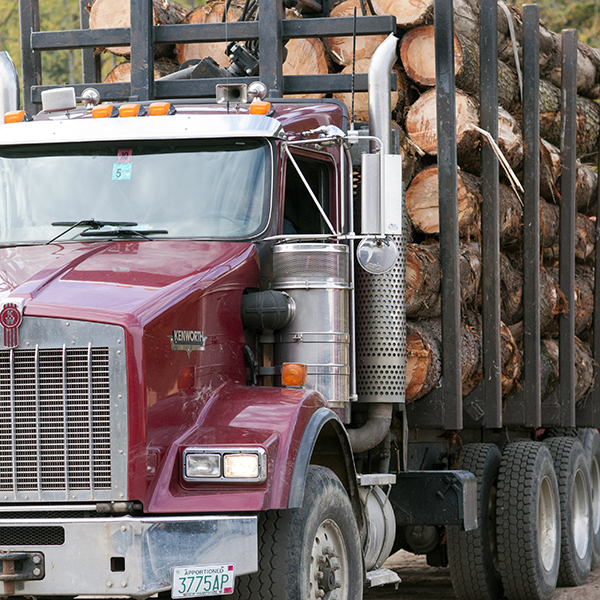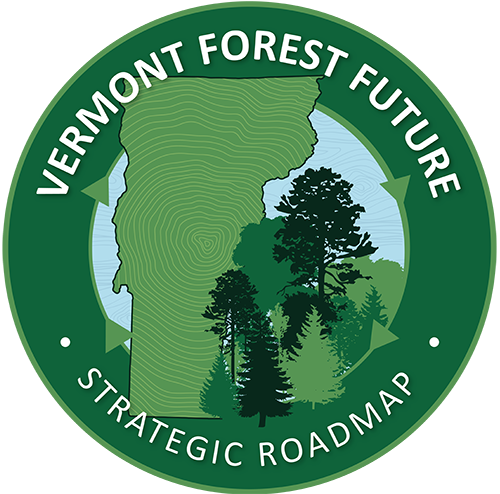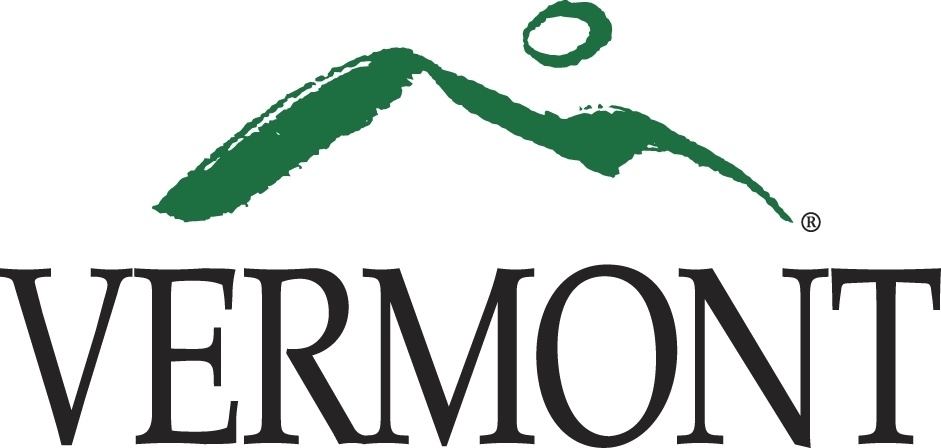
The relationship between the forest economy and Vermont’s forest landscape is a balancing act of benefits and costs. Vermont’s forest economy relies on access to forestlands, while forest landowners rely on the support and benefits of a vibrant forest economy to maintain intact forestland.
Vermont is losing thousands of acres of forestland to non-forest uses each year, destabilizing the forest economy and threatening Vermont’s forested working landscape. A revitalization of the forest economy has been identified as a primary strategy for keeping forests forested for the many values and benefits forests provide while supporting Vermonters engaged in the working forest landscape – from landowners to sawmills.

Hear Danielle Fitzko, Interim Commissioner for the Vermont Department of Parks and Recreation and Director of Forests, discuss the importance of the Vermont Forest Future – Strategic Roadmap project.
Act 183 initiated the Vermont Forest Future Strategic Roadmap project, and the legislature provided the following reasons for doing so:



For more information about the Vermont Forest Future Strategic Roadmap project, please contact:
Danielle Fitzko, Commissioner
VT Department of Forests, Parks & Recreation
Address: 1 National Life Dr, Davis Bldg., Montpelier, VT 05620-0501
802-598-9992
Danielle.Fitzko@vermont.gov
Oliver Pierson, Director, Forests Division
VT Dept. of Forests, Parks & Recreation
802-505-3563
Oliver.Pierson@vermont.gov
David Beurle, Chief Executive Officer
Future iQ
612-757-9190
david@future-iq.com
Photos courtesy of Erica Houskeeper | VSJF and Future iQ